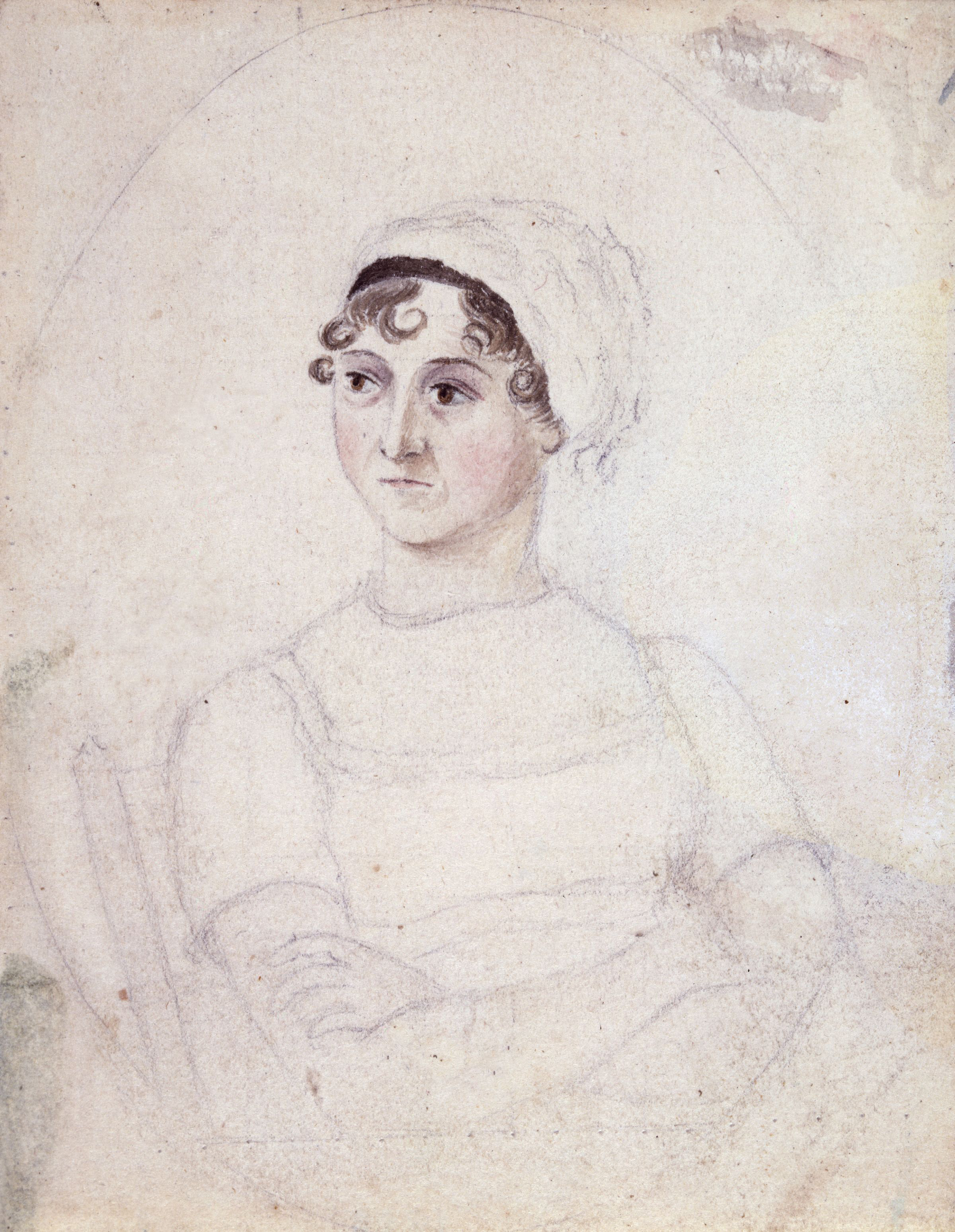EN 354R, Jane Austen, Skidmore College Dashboard
Participants
Description

Portrait of Jane Austen by Cassandra Austen, ca. 1810
It is a truth universally acknowledged that Jane Austen (1775-1817) is a keenly satiric writer whose work, deeply rooted in her time, resonates in ours. In this research-enriched course, we will read Austen’s six novels in their order of publication: Sense and Sensibility (1811), Pride and Prejudice (1813), Mansfield Park (1814), Emma (1816), Persuasion (1818), and Northanger Abbey (1818). Through virtual excursions and close reading, we will enter Regency ballrooms, country estates, and genteel parlors as we examine Austen’s voice as a writer and pressing issues that she actively critiqued, such as the economics of marriage, social class stratification, primogeniture, entailment, and slavery. To situate Austen in her historical moment, students will write four of six briefs (short papers on each Austen novel), a Regency life report (PowerPoint and oral presentation), and our IdeaLab project that will be displayed on the Collaborative Organization for Virtual Education (COVE). The course will culminate in a research paper on two or three Austen novels. Students should be prepared to read deeply, craft critically (for the IdeaLab component), participate actively, research deeply, and write analytically.
We will ground the novels of Jane Austen in her Regency world by practicing critical crafting and creating a gallery of our material objects on the Collaborative Organization for Virtual Education (COVE). Our two galleries will be on material objects of the Regency age--letter writing and silhouettes. Letters play a key role in most of Austen’s novels, but particularly in Pride and Prejudice and Persuasion. Using antique and reproduction pens from my personal collection and materials from the IdeaLab, students will use dip pens to write with ink, practice cross-writing (a cost saving measure where one turns a letter 90 degrees and writes over it), fold a letter (rather than use an envelope), and affix a wax seal. Like letters, portrait miniatures were popular Regency tokens of affection for Jane Austen’s family and her characters, who cherish, display, flaunt, and envy these items. Using materials in the IdeaLab, we will craft a portrait miniature/silhouette, which features prominently in Sense and Sensibility and Persuasion. To transform these tokens of affection into lasting mementos of our study of Jane Austen, we will turn to COVE. We will create two gallery exhibits—one on letter writing and another on portrait miniatures/silhouettes. Each student will design a virtual “case” for one of these two galleries.
Galleries, Timelines, and Maps
There is no content in this group.
Individual Entries
The city Austen uses to contrast the country life of the Bennets, London is mentioned throughout Pride and Prejudice. Notes Austen, "The united efforts of his two unfeeling sisters and of his overpowering friend, assisted by the attractions of Miss Darcy and the amusements of London might be too much, she feared, for the strength of his attachment" (Chapter 23). A place for business and capital, London is where Mr. Darcy and the Bingleys often reside when they are not in the country for a break from the busy city. Jane Bennet travels to London in her quest to profess her love to Mr. Bingley, yet she fails to meet him there. Laura Hoffman
The city Austen uses to contrast the country life of the Bennets, London, is mentioned throughout Pride and Prejudice. Austen notes, "The united efforts of his two unfeeling sisters and of his overpowering friend, assisted by the attractions of Miss Darcy and the amusements of London might be too much, she feared, for the strength of his attachment" (Chapter 23). A place for business and capital, London is where Mr. Darcy and the Bingleys often reside when they are not in the country for a break from the busy city. Jane Bennet travels to London in her quest to profess her love to Mr. Bingley, yet she fails to meet him there.
